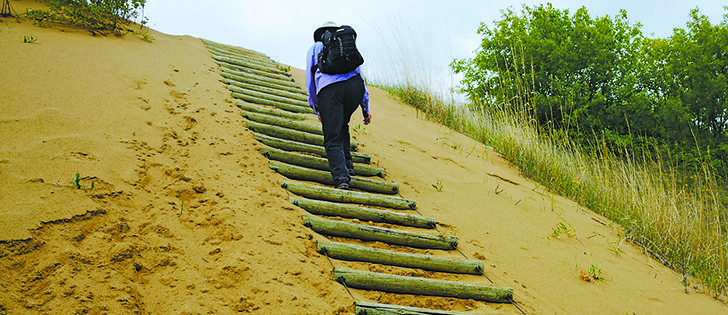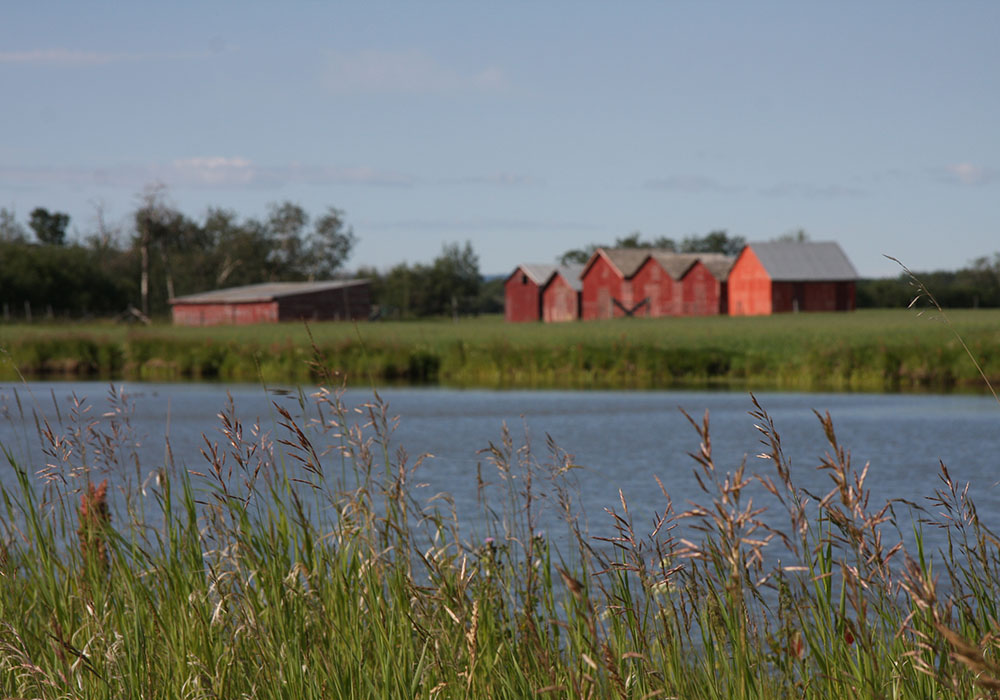Following the trail through gently rolling hills, we pass by grassy meadows carpeted in yellow with flowering hoary puccoons. Pincushion cactus is just beginning to flower, and the air is filled with the sweet aroma of wolf willow. It’s a prairie landscape, but one with a twist.
All around us are huge stands of mature spruce trees, as if a piece of northern boreal forest was somehow misplaced in the midst of the plains.
To add to the surprises, we climb a ridge along the forest path and suddenly gaze over a wide expanse of active, desert-like sand dunes.
Read Also

Students urged to consider veterinary medicine
Alberta government makes $86.5 million investment in University of Calgary to double capacity for its veterinary medicine program to address labour shortages in the field.
Part of Spruce Woods Provincial Park, the Spirit Sands is an oasis of natural prairie, forest, dunes and river valley. Surrounded by southern Manitoba’s rich croplands, the park is south of Carberry and less than an hour’s drive from Brandon.
The dunes have been here since the last ice age. As glaciers retreated about 12,000 years ago, the Assiniboine River emptied into glacial Lake Agassiz, creating a delta.
When waters receded, the drying sand was sculpted by the wind into dunes. While still impressive, the unvegetated dunes today are only a small remnant of the original ex-panses of sand that once spread between current-day Brandon and Portage la Prairie, and as far north as Neepawa.
They are user-friendly sand dunes with marked hiking trails, shelters and toilets along the route, and plenty of interpretive panels describing the flora, fauna, history and geological forces that shaped the land. There’s even log steps hanging on chains, making it easier to climb up steep dune faces.
Following the shortest route, it’s about a two kilometre walk from the trailhead to the nearest dunes. Better yet, take a half day or more and meander along the network of trails that wind through forest, meadows and dunes.
The forest is mostly spruce and aspen, along with a few impressive groves of burr oak. The route passes through a variety of dune formations from blowouts to advancing dune edges that are burying vegetation to circles etched in the sand by blades of grass whipped by the wind.
Sand dock is in bloom during our late June visit. This remarkable plant with showy pink to dark red flowers thrives in pure sand.
One branch of the trail goes to the Devil’s Punch Bowl near the banks of the Assiniboine River. Underground streams have collapsed the sandy slopes, forming a 45-metre deep depression with a pool of eerie blue-green water, framed by sandy hills and spruce trees.
Fed by a spring, the water is constantly being renewed. While at first glance it looks like a stagnant pool, we hear water constantly running. A stairway leads to a viewing platform with benches overlooking the pool, the ideal spot to enjoy a picnic.
Just beyond, the trail leads to a scenic viewpoint over the Assiniboine River. Interpretive panels relate the history of aboriginal people who considered the sands to have spiritual value, and the role this section of the river played in the fur trade.
This area was so important in making pemmican that 10 forts were established along the Assiniboine in the short distance between here and Brandon.
The Spirit Sands is only one part of the park’s vast trail network. Anyone who enjoys hiking could spend days wandering through prairie meadows and forest, and along river banks and lakes.
Kiche Manitou campground, across the road from the Spirit Sands trailhead, is nicely situated in a treed area next to the river. Parts of the campground that flooded a couple years ago are reopening this summer.
For more information, visit www.gov.mb.ca/conservation/parks.
















